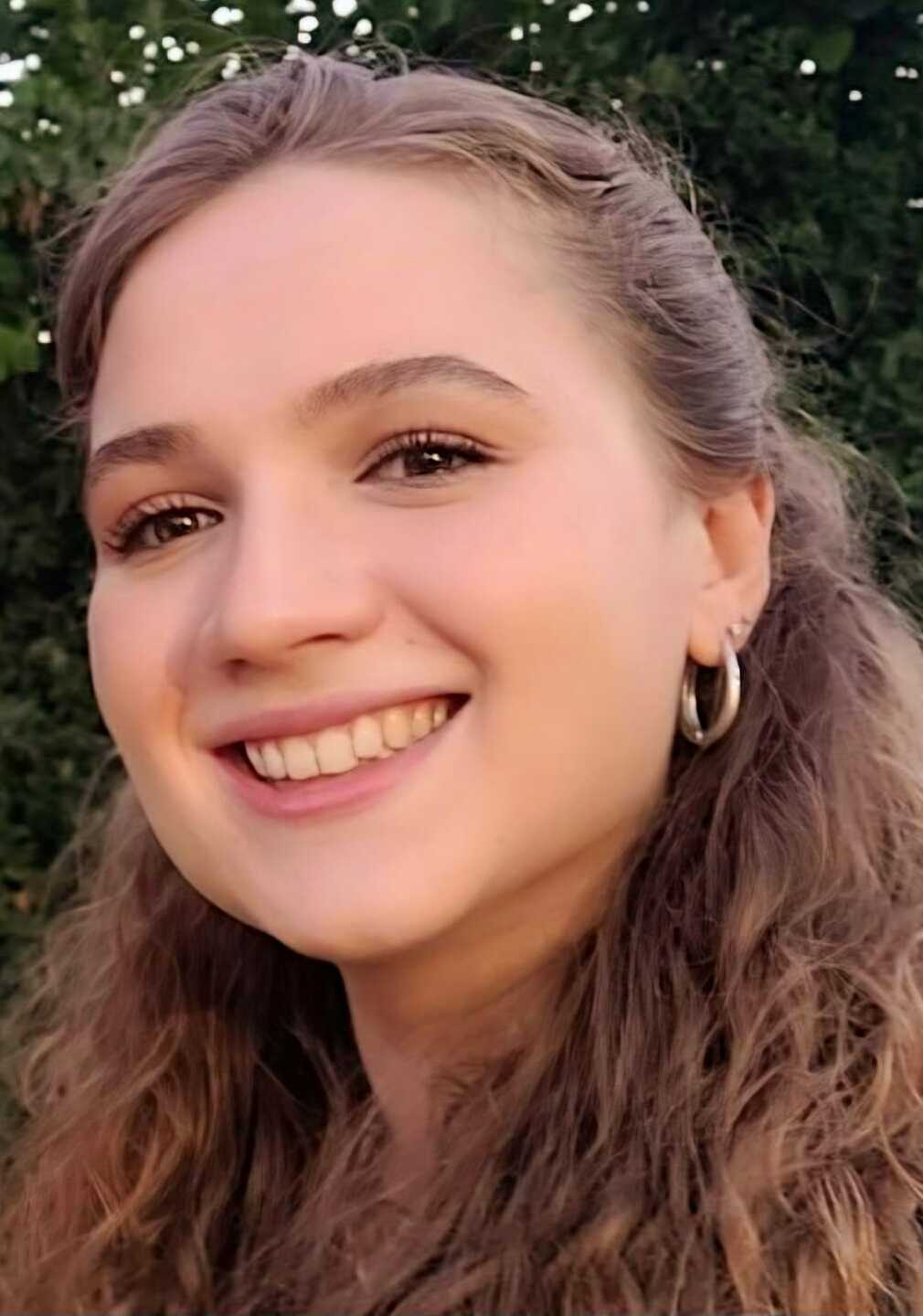All Human Anatomy and Physiology Resources
Example Questions
Example Question #371 : Gross Anatomy
Which of the following is the relatively small, butterfly-shaped bone of the human cranium, situated in the middle of the skull, in front of the temporal bone?
Lacrimal bone
Vomer bone
Occipital bone
Sphenoid
Parietal bone
Sphenoid
The sphenoid is the relatively small, butterfly-shaped bone situated in the middle of the skull, in front of the temporal bone. There are many foramina in the sphenoid bone and its intricacies should be studied closely. The vomer is one of two bones that make up the nasal septum.
Example Question #372 : Gross Anatomy
Which of the following is a small, unpaired bone of the human cranium, located along the midsagittal line, and articulating with the sphenoid, the ethmoid, and the palatine and maxillary bones?
Maxilla
Zygomatic bone
Vomer bone
Manubrium
Nasal bone
Vomer bone
The vomer bone is a small, unpaired bone of the human cranium, located along the midsagittal line. It articulates with the sphenoid, the ethmoid, and the palatine and maxillary bones. The vomer, along with the perpendicular plate of the ethmoid bone, makes up the nasal septum.
Example Question #373 : Gross Anatomy
Which of the following cranial bones, when paired, form the upper jaw and palate of the mouth?
Frontal bone
Mandible
Zygomatic bone
Maxilla
Sphenoid bone
Maxilla
The maxillae form the upper jaw and palate of the mouth. The palatine bone also makes up the hard palate (roof) of the mouth, but it is a single bone, not a pair. The mandible is the lower jaw bone, and is also unpaired.
Example Question #374 : Gross Anatomy
Which of the following are two small oblong bones of the human cranium that form the "bridge" of the nose?
Zygomatic bones
Temporal bones
Nasal bones
Sphenoid bone
Maxillae
Nasal bones
The nasal bones are two small oblong bones that form the "bridge" of the nose. They tend to vary in size and shape in different individuals.
Example Question #375 : Gross Anatomy
Which of the following bones of the human cranium consists of a squamous, orbital, and nasal part and correlates roughly to the "forehead"?
Occipital bone
Frontal bone
Vomer bone
Temporal bone
Parietal bone
Frontal bone
The frontal bone consists of a squamous, orbital, and nasal part and refers generally to the part of the body known as the "forehead"?
Example Question #376 : Gross Anatomy
Which of the following bones of the human cranium is single, rather than paired?
Zygomatic bone
Temporal bone
Occipital bone
Maxilla
Parietal bone
Occipital bone
The occipital bone is a single, saucer-shaped bone located at the back and lower part of the skull. The parietal, temporal, and zygomatic bones, as well as the maxilla, are all paired bones; the two halves of each are located opposite one another along the midsagittal plane.
Example Question #377 : Gross Anatomy
Which of the following bones of the human cranium articulates with the frontal, sphenoid, and temporal bones, as well as the maxillae?
Mandible
Parietal bone
Nasal bone
Zygomatic bone
Occipital bone
Zygomatic bone
The zygomatic bone, also referred to as the cheekbone, articulates with four bones: the frontal, sphenoid, temporal, and maxillae. The nasal bone articulates with the frontal bone, ethmoid bone, and the maxilla. The mandible articulates with the temporal bones. The occipital bone articulates with the two temporal bones, the two parietal bones, the sphenoid bone, and the atlas. The parietal bone articulates with the frontal bone, the temporal bones, and the occipital bone.
Example Question #378 : Gross Anatomy
Which of the following bones of the human cranium is situated at the sides and base of the skull and houses the structures of the organ of hearing?
Temporal bone
Occipital bone
Zygomatic bone
Maxillae
Parietal bone
Temporal bone
The temporal bones are situated at the sides and base of the skull and house the structures of the organ of hearing. They are called temporal bones because the anatomists coining such terms were beginning to get gray hair, and they noticed that the grey hair always shows up first (temporally) on the sides of the head - in the temporal region.
Example Question #45 : Identifying Bones Of The Skull
What is the dental formula for a modern human child?
2:1:1:2
2:1:2:3
2:1:0:2
2:1:3
2:1:1:2
2:1:0:2
The dental formula for a modern human child is 2:1:0:2 in each quadrant: two incisors, one canine, and two molars, for a total of 20 deciduous teeth. There are no premolars in deciduous dentition.
Example Question #379 : Gross Anatomy
What suture ties together the occipital and two parietal bones on the posterior cranium?
sagittal suture
Squamosal suture
coronal suture
Lambdoidal suture
basilar suture
Lambdoidal suture
The lambdoidal suture ties together the occipital and two parietal bones on the posterior cranium.
The sagittal suture runs along the top of the cranium, between the two parietal bones. The coronal suture runs laterally from the top of the cranium and ties together the frontal and two parietal bones. The squamosal suture is the area where the squamosal section of the temporal bone is beveled and overlaps the parietal bone. The basilar suture, also referred to as spheno-occipital synchondrosis, is a suture between the occipital and sphenoid bones.
All Human Anatomy and Physiology Resources




